Welcome back to The journey, Where we look at species from different worlds.
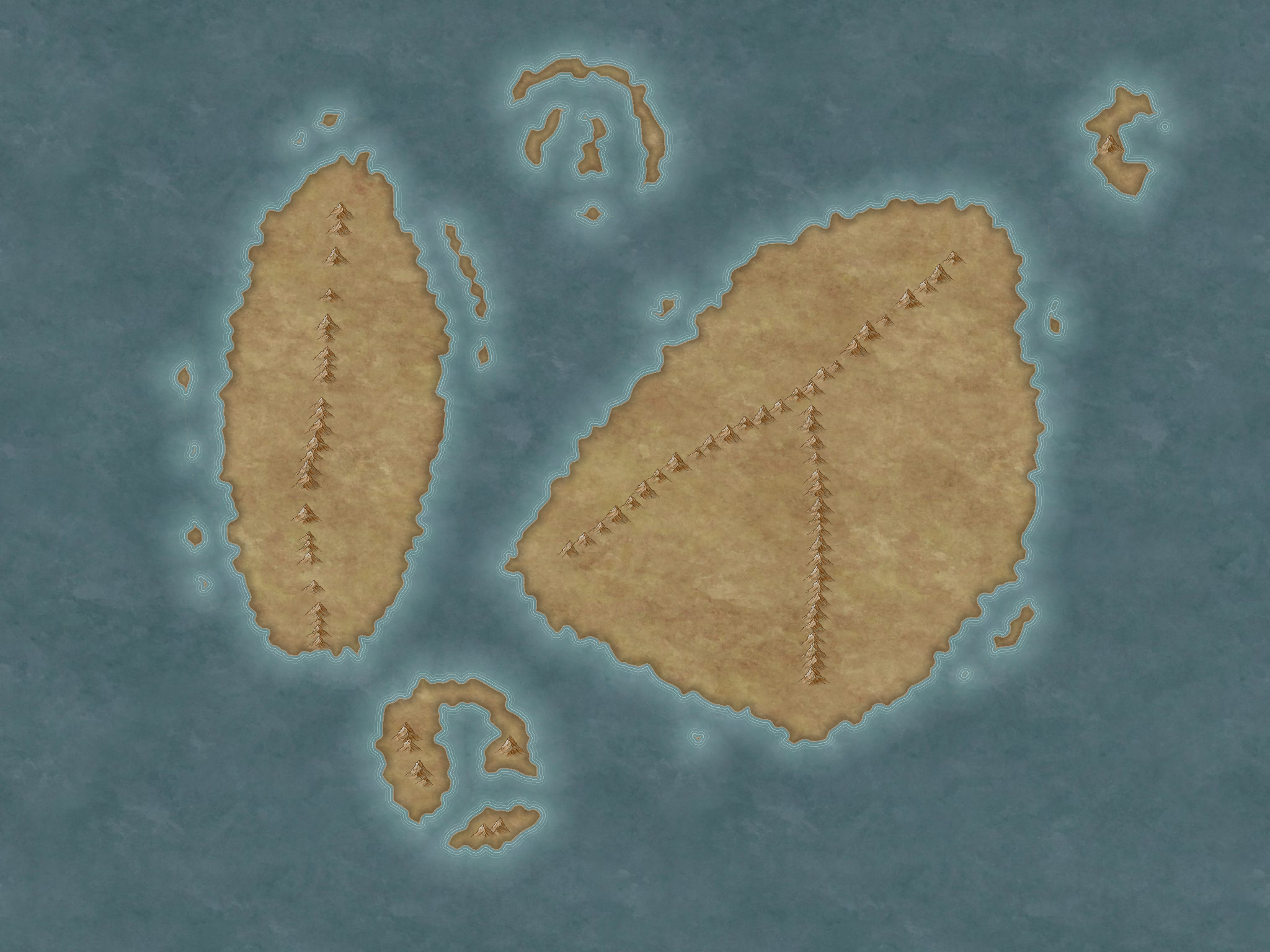

Today we will talk about life on junoe at the Suburan explosian.
We have analized the fossils we have found and used photochronic imaging to find out what life looked like in certain times on junoe.
The first specimen is the earliest evolutionary branch off of the LUCA.

This specimen is the suburan flatworm. Its scientific name is Puerilis Lolligo.
It is the first species to develop symmetry and basic eyes. It is the ancestor of most junoan animals. It can do basic locomation through anguiloform swimming, Though it cant go against the current. It has no form of efficient respiration. It was found around the coast of early Junoe. Its diet consists of marine snow.
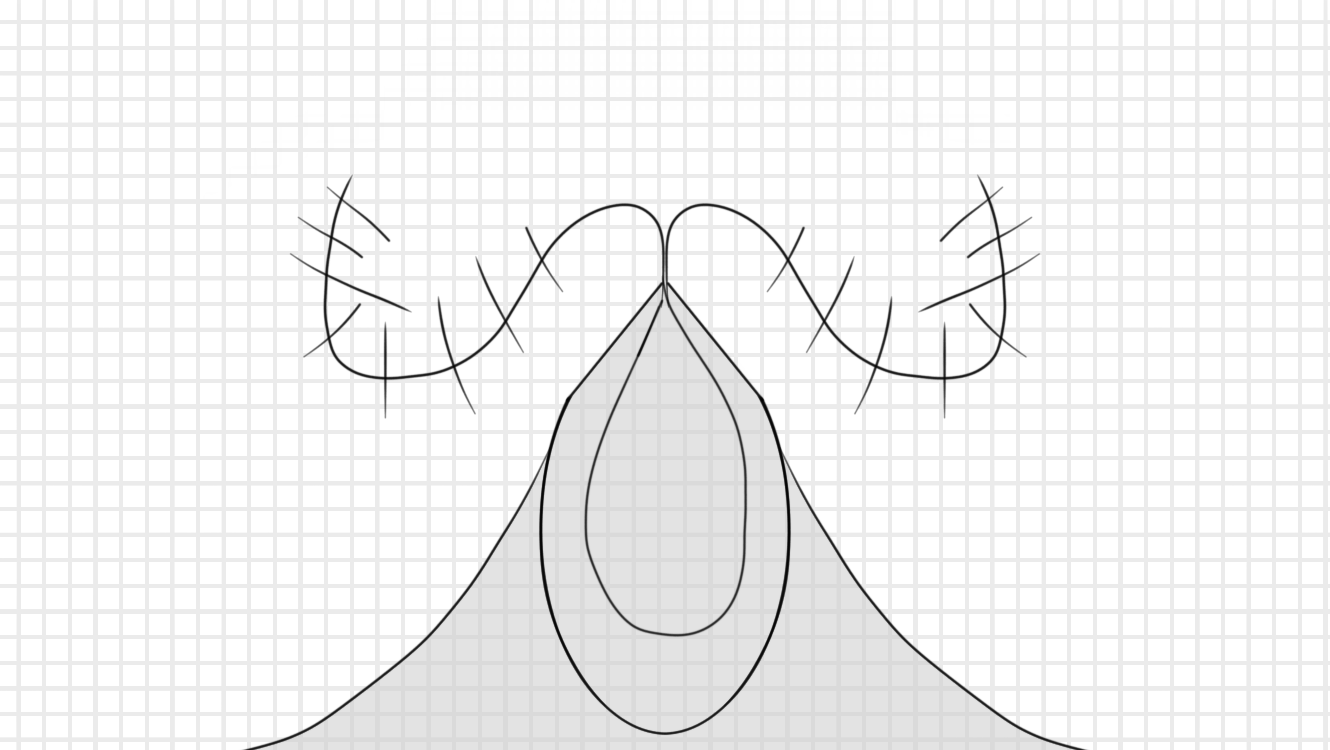
This specimen is the junoe-suburan barnacle. Its scientific name is Claustra Clavicula.
This species is sessile, beggining its life as a spore, then landing on solid ground and growing into The form you see now. Because there is no pigment in the skin, and there is no circulatory system, you can see the gut of the barnacle. It is also found on the coast of early Junoe. Its diet consists of marine snow. Its respires through skin to water contact.
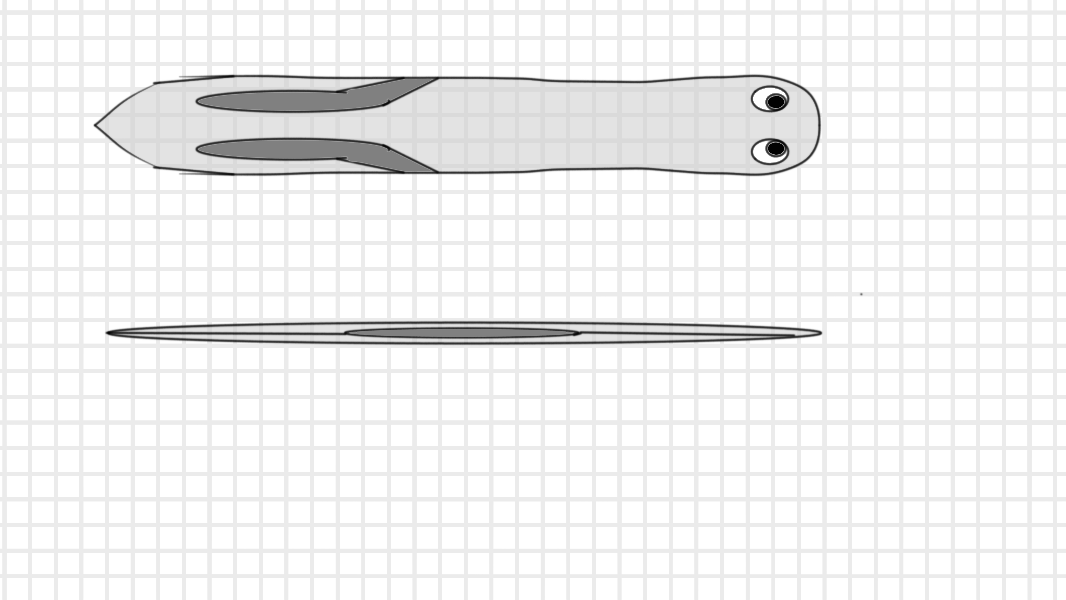
This specimen is the first descendant of Puerlis Lolligo, So we shall call it Puerilis Curro.
This Creature has evolved semi-active respiration and a slight circulation. It has also developed a through-gut. It, as all the other species so far, is constrained to the coast. It can also not swim against the tide. It's respiration works by forcing water into the "lungs" then using a specialized form of blood pnuematics to pump the water out.
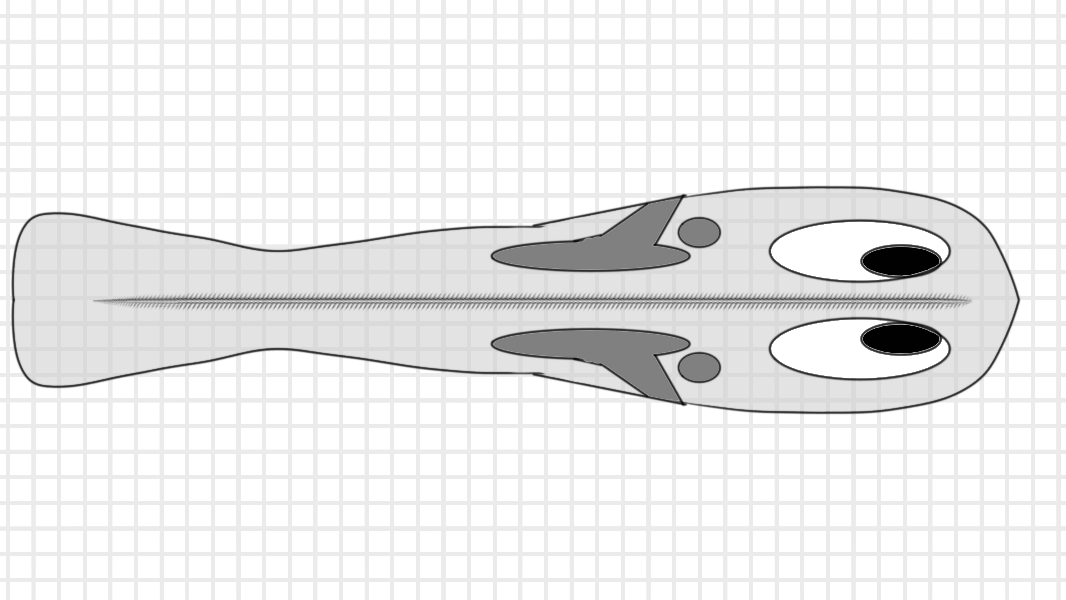
The is the Puerilis Habilis. Named so because instead of anguiloform, they evolved lateral sub-carangiaform swimming.
This species evolved from Puerilis Curro. Its lung muscles have shifted to become hearts and it has now acheived active respiration. It also has developed an inner nerve cord protected by calcium carbonate (caco2). It is found near the coast. Its diet consists of marine snow, Claustra clavicula, Puerilis curro, And Puerilis lolligo, Making it the first Predator in Junoe.
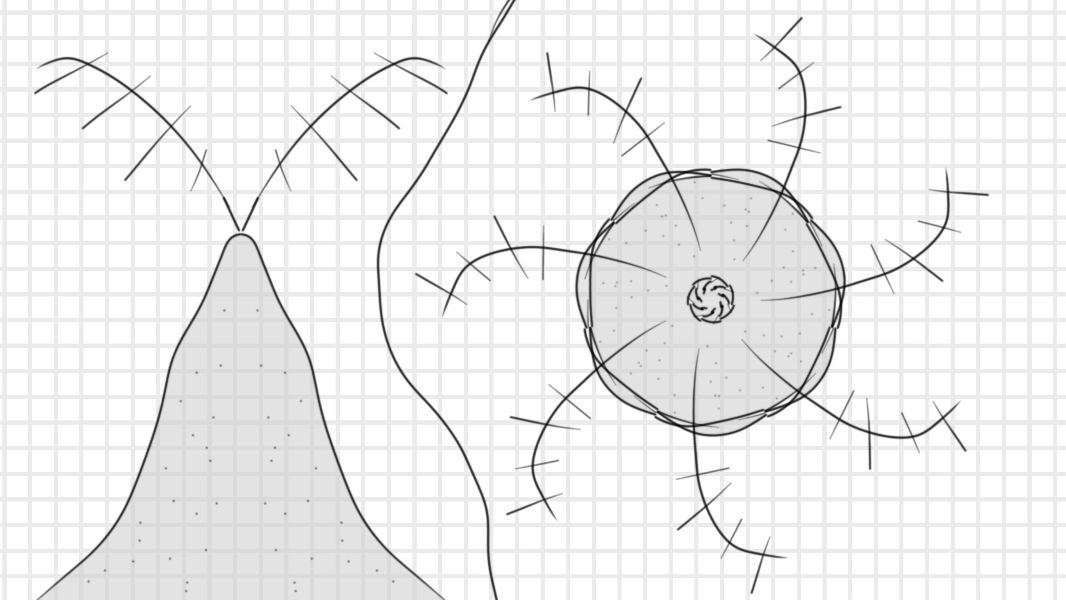
This is the Claustra defenso. It is the first shelled species.
This species evolved from Claustra clavicula and has differentiated by evolving to have a shell and seven-fold radial symmetry. It is sessile. It lives in the coast. It eats marine snow. It evolved the shell in response to the evolution of Puerilis habilis. It has pores so it can still breath.
There were more species that were not different enough or are not significant. These species are not shown.
There was marine snow to feast on and plenty of space to reproduce. After this explosion, the species turned to reletively slow evolutionary cycles. But a new threat is coming, as the first algea-like microbe starts populating the waters and photosynthesizing. This and more in the next episode.
| Next |
|---|
The journey is copyrighted by Forager entertainment.